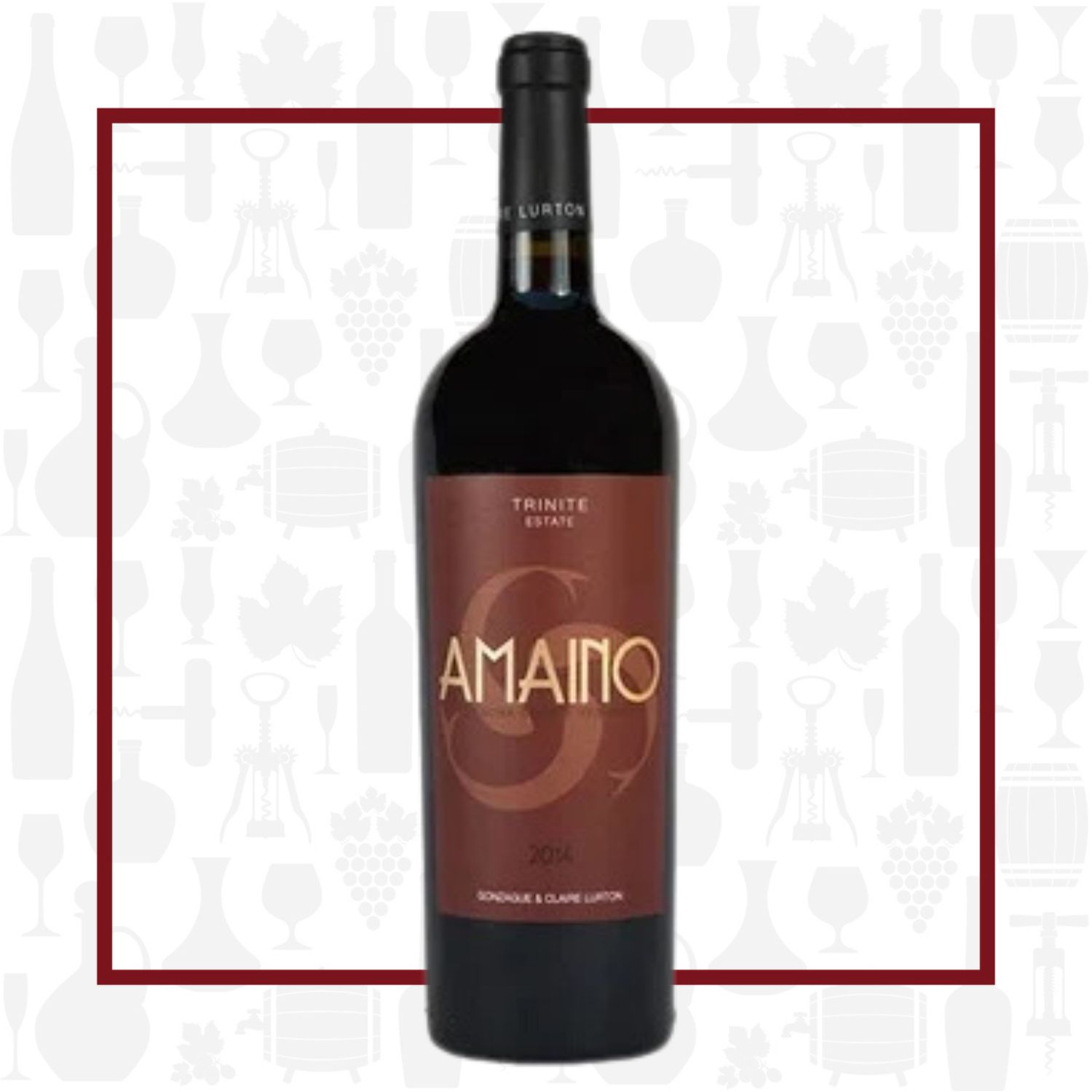Cellar Profile
Situated in Chalk Hill, G & C Lurton’s neighbour is the iconic Vérité Winery. Indeed, it was Vérité’s winemaker, fellow Bordelais and friend Pierre Seillan, who told Gonzague and Claire Lurton about this fabulous vineyard, which led them to buy it. This power couple grew up in the Bordeaux wine industry. “Lurton” is a household name in wine circles and Claire Villars-Lurton brought back her family’s Grand Cru Classé estates (Château Ferrière and Château Haut-Bages-Libéral) to their former glory, becoming some of the most sought-after releases every year. This Sonoma County estate is planted vertically, in a sloping amphitheater, where biodynamic farming methods are employed. Planted to classic Bordeaux varieties — Cabernet Sauvignon, Cabernet Franc, Merlot and Sauvignon Blanc — the focus is on creating premium, limited bottlings of exquisite quality, each wine aged before release. Sitting east of Russian River Valley and southwest of Alexander Valley and Knight Valley, Chalk Hill is known for giving powerful, structured reds. Lurton wines are just that: powerful, graceful and structured.
Region
Chalk Hill is a tiny AVA in Northern Sonoma County, nestled among the eastern hills of the famous Russian River Valley. Its unique terroir in the hills means that it is slightly warmer than many of the surrounding AVAs. It is planted mostly to Bordeaux varieties. Chalk Hill has around 650 hectares (1600 acres) of land under vine and just a handful of producers. Chalk Hill’s terroir is based on powdery white volcanic ash, which is less fertile than the alluvial soils in the valley below. Soils with low fertility are usually considered optimum for winegrowing, as they force vines to work hard for survival, leading to lower yields of higher-quality grapes.
Vineyard
24 acres of sublime Chalk Hill estate vineyards, with a dizzying array of volcanic soils, topography and microclimates. The vines are planted vertically, to minimize soil loss, with ground cover between the rows. Farmed organically (while not officially registered as such), following biodynamic principles, great care is undertaken to ensure the biodiversity of the area is respected. The double Guyot trellis is employed to ensure the grapes are given plenty of sun exposure, but the canopy can be properly managed to shield the clusters from the hottest part of the day.
Winemaking
Hand harvested in the cool of the evening, the grapes are sorted by hand to select the finest individual berries. The grapes are crushed and put into temperature-controlled stainless steel vats where they are cold soaked for 4 days before a long, slow fermentation, using indigenous yeasts, takes place. After full malolactic conversion, the wine is racked into high-quality French oak barrels (40% new) for a year of aging, before a further couple of years in bottle before release.
Varieties
This traditional Bordeaux blend is indicative of the Lurton’s history in that French wine region. Red Bordeaux blends are known for their powerful structure and deep flavors. Dark fruits and berries, such as plum and blackcurrant, are commonly used to describe the flavors of red Bordeaux. Tannins tend to be relatively high, giving the wines a firm structure. Cabernet Sauvignon is widely accepted as a compulsory component of any Bordeaux blend, with Merlot following closely behind. In fact, the majority of Bordeaux blend wines are made exclusively from these two varieties. The remaining components are Cabernet Franc, Petit Verdot and Malbec, used in varying combinations and proportions. This particular blend is 68% Merlot and 32% Cabernet Sauvignon.
Tasting Notes
Ripe and more open knit than Lurton’s Acaibo blend, the Merlot is apparent here. Blackberry, plum and baker’s chocolate on the nose. On the palate, this mouth-filling red replays those dark fruits, along with anise, red pepper jelly, blackberry and baking spices. The tannins are round and supple, but help balance the weight nicely. Pair this with hanger steak, braised beef or sipped by the fire on a cold night.

